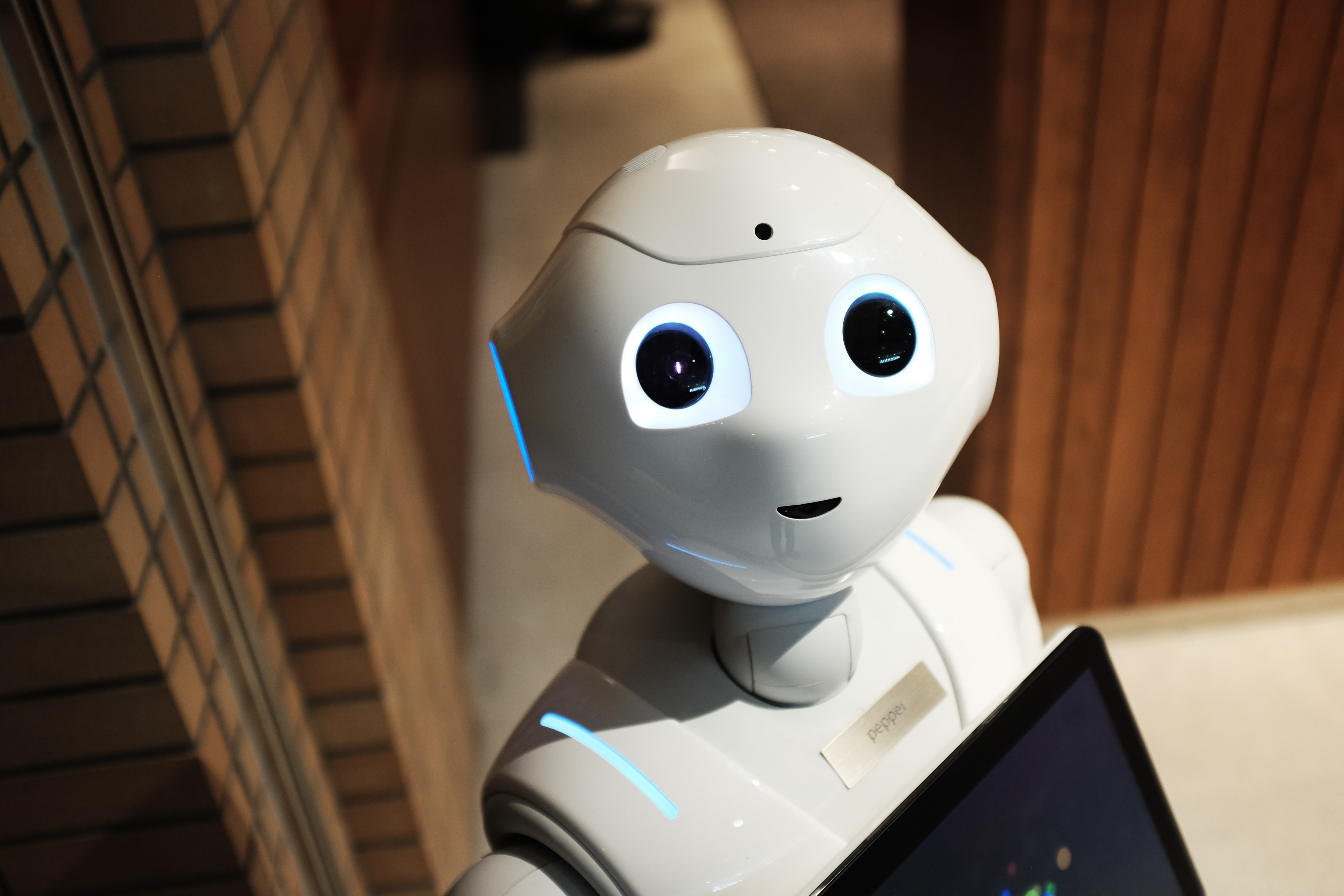What is Machine Learning?
Karen Tao, UX Researcher
February 26, 2020

Machine Learning (ML) is everywhere in our world: recommendations from Netflix for your next binge; predictive text on your iPhone; items you may be interested in on Amazon based on your purchase history; Google Translation that comes in handy when traveling; computer vision technologies on Tesla’s self-driving cars. ML is a powerful tool for turning information into actionable knowledge.
Statistical learning and optimization methods are the core of ML. Methods such as regression and clustering have been well studied. With the recent explosion of data discussed in my last blog post and drastic improvements in computing power, ML applications can now leverage algorithms to learn from data in an iterative process.
A machine learning algorithm updates autonomously, while accuracy improves with each iteration as it teaches itself from the data it analyzes. This iterative nature of learning allows the model to uncover hidden insights without being specifically programmed to do so.
Three most commonly studied types of ML are supervised ML, unsupervised ML, and reinforcement learning.
Supervised ML requires known or labeled data for training. For example, input to the model may be information about a student such as gender, race, GPA, whether the student had worked in Utah prior to starting college. The output of this algorithm would be binary classification regarding whether the student remains in the Utah workforce after graduation. Some of the common supervised ML models include regression models, support vector machines, and decision trees.
In contrast, unsupervised ML algorithms do not require data to be labeled. The models find structure in the input. They sift through unlabeled data to look for patterns that can be used to group data points into subsets and identify patterns and relationships within the data. The trained model tries to search for a pattern and give the desired response. For example, input may be all characteristics of all students without knowing whether each of them remain in Utah, while the output would be two groups of students -- those who remain in the Utah workforce after graduation, and those who do not. Common unsupervised ML models include clustering and singular value decomposition
Reinforcement learning algorithm discover through a process of trial and error what action results in the highest rewards. Three major components of reinforcement learning are the agent, the environment, and the actions. The agent is the learner or decision-maker, the environment includes everything that the agent interacts with, and the actions are what the agent does. Reinforcement learning occurs when the agent chooses actions that maximize the expected reward over a given time. AlphaGo, a program that defeated the 18-time world champion human professional player at the board game Go, is an example of reinforcement learning (Silver et al., 2016).
We will dive deeper into training data and test data as well as validation methods in the next post.
REFERENCE:
Silver, D., Huang, A., Maddison, C. J., Guez, A., Sifre, L., Van Den Driessche, G., ... & Dieleman, S. (2016). Mastering the game of Go with deep neural networks and tree search. nature, 529(7587), 484.